In the earlier days, only a privileged few Indian artists could showcase their work internationally. But with the increasing knowledge about Indian art and the quality of work produced by artists here, the demand for modern artworks in the international markets has only been growing substantially in the recent years.
Along with various galleries in the western world, some of which are even run by Indians, Indian art is being exposed to a wide audience scattered in different parts of the world. For instance, New York’s The Museum of Modern Art (MoMA) has built up a very modest repository of Indian paintings and photographs, adding up to a total of 35. This collection includes works by N Krishna Reddy, Satish Gujral, Krishen Khanna, Jyoti Shah, Raghubir Singh, Raqib Shaw and Nasreen Muhamadi. But MoMA is certainly keen on acquiring more Indian paintings and artworks.
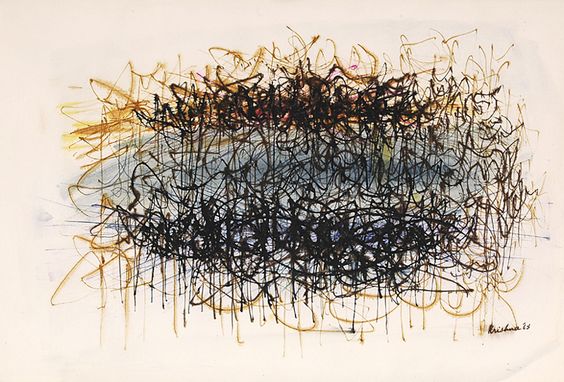
Indian artist Abroad
Most western museums have concentrated on Indian art up to the 19th century but their knowledge of 20th & 21st century Indian art has been growing rapidly. Furthermore, different museums have even put aside funds for curators to travel around the world. This is taking them to newer regions, such as Latin America and East Europe. At the same time, the art specialists are touring Asian nations, such as Taiwan, China, Japan and Singapore.
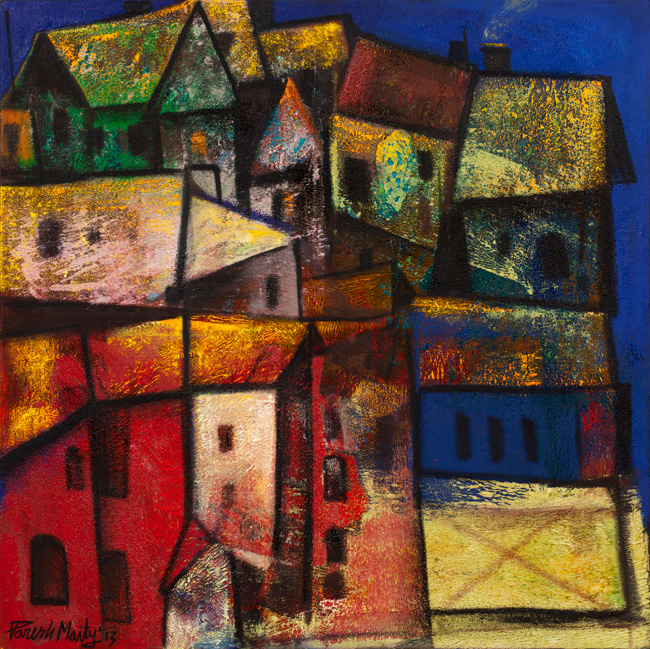
The changing face of Indian art globally
Exhibiting abroad also has its advantages. For starters, galleries are very well organized and also works rake in higher prices when sold in the international markets. Many artists have had their works featured prominently at international shows and find that at times there is a better understanding of their works amongst international art lovers.
Whether it is cityscapes, religious symbology, semi-abstract or modern abstract paintings, city artists are right there on the international art scene. Be it Fawad Tamkanat’s annual shows at international galleries or Jagdish Chintala’s exhibits in the US, UK and Germany, these artists have created a niche for themselves on the international circuit.
One of the main reasons why Indian art is becoming more and more popular abroad is because of its journey in the recent past. While in the early years, Indian painters seemed to concern themselves primarily with the societal, the coming of the modernists and then the contemporaries, a younger group of artists born after independence, changed India’s artistic outlook dramatically in the following decades.
Artists’ assertions became, at different times, nationalist or modernist, socially responsive or intensely subjective or fashionably post-modernist. These moments were not, of course, mutually exclusive and did not necessarily follow in the order listed, but mirrored to a great extent the diversity of the artistic impulses developed in India during the 20th and early 21st centuries.
This helped the artists push their boundaries and create art that wasn’t necessary for an Indian audience alone because now, their art became about subjects that were universal and everyone could relate to it. Moreover, some of the artists even consciously chose to integrate foreign influences in their work in order to enrich their art and create an artistic vocabulary that was both international and interdependent.
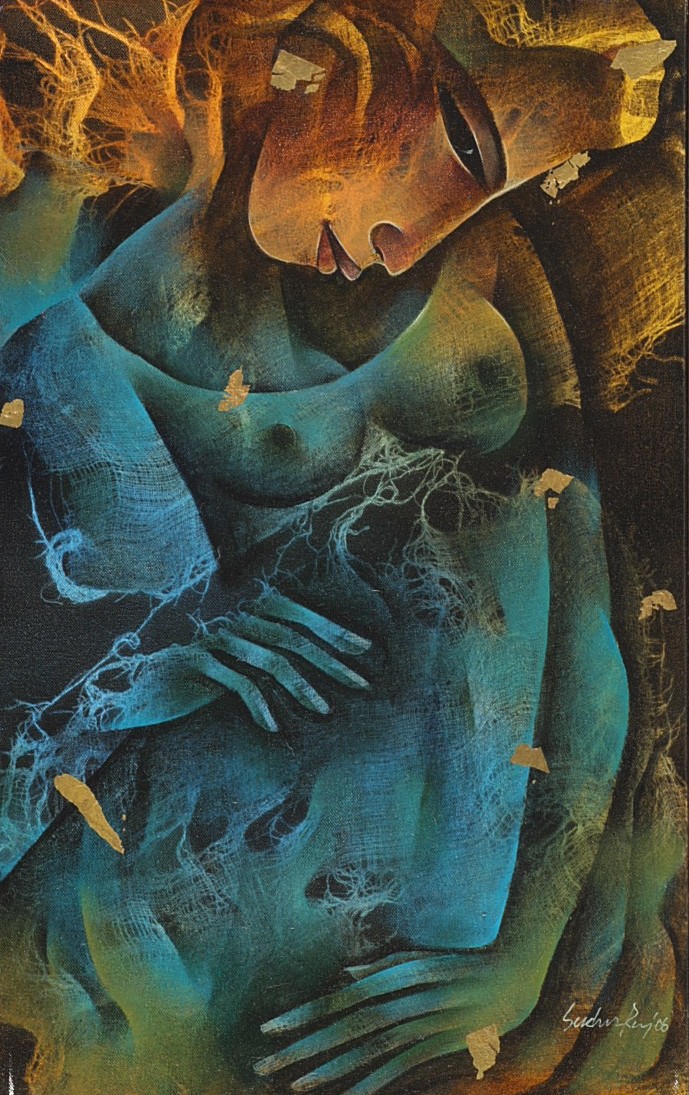
Indian artwork by Sekhar Roy on display abroad
There was a time when only a privileged few Indian artists could travel internationally with their works. With increasing awareness about Indian art and the quality of works produced by artists here, the demand for their works in the international art markets has only been growing. City artists too have had their works featured prominently at international shows and find that at times there is a better understanding of their works amongst international art lovers.
Whether it is cityscapes, religious symbology, semi-abstract or abstract pieces, city artists are right there on the international art scene. Be it Fawad Tamkanat’s annual shows at international galleries, Jagdish Chintala’s exhibits in the US, UK and Germany or Poosapati Parameshwar Raju’s recent collection being showcased at the Museum of Sacred Art (MOSA) in Brussels, city artists have created a niche for themselves on the international circuit.
It is also important that visitors to art exhibitions be able to relate to the works. Fawad Tamkanat, whose works are known for their typically Hyderabadi flavours, says, “I showcase more cityscapes and semi-abstracts than Indian imagery because art lovers there find it easier to relate to them. If it is too Indian then they might treat it as a souvenir and not serious art.” The artist, who recently exhibited his works in Denmark, says there are exceptions, however. “I’ve had a pharmaceutical tycoon buy some of my Indian works. Turns out he visits India every year and has adopted a girl from one of the villages in the country and hence relates to my Indian works. The company itself invests in some of my works on Indian women for the office.”
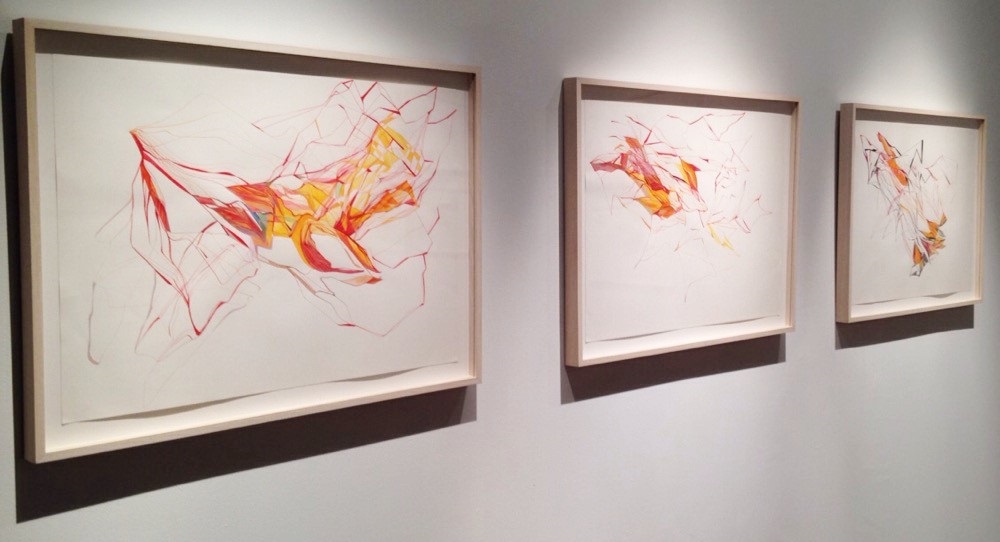
Sheila Makhijani on display
Delhi-based artist Sheila Makhijani’s latest show in the Big Apple presents works on paper and paintings on canvases. The artist plays with colours, strokes and depths to create lively compositions in her artworks.
AN UNFORESEEN SITUATION
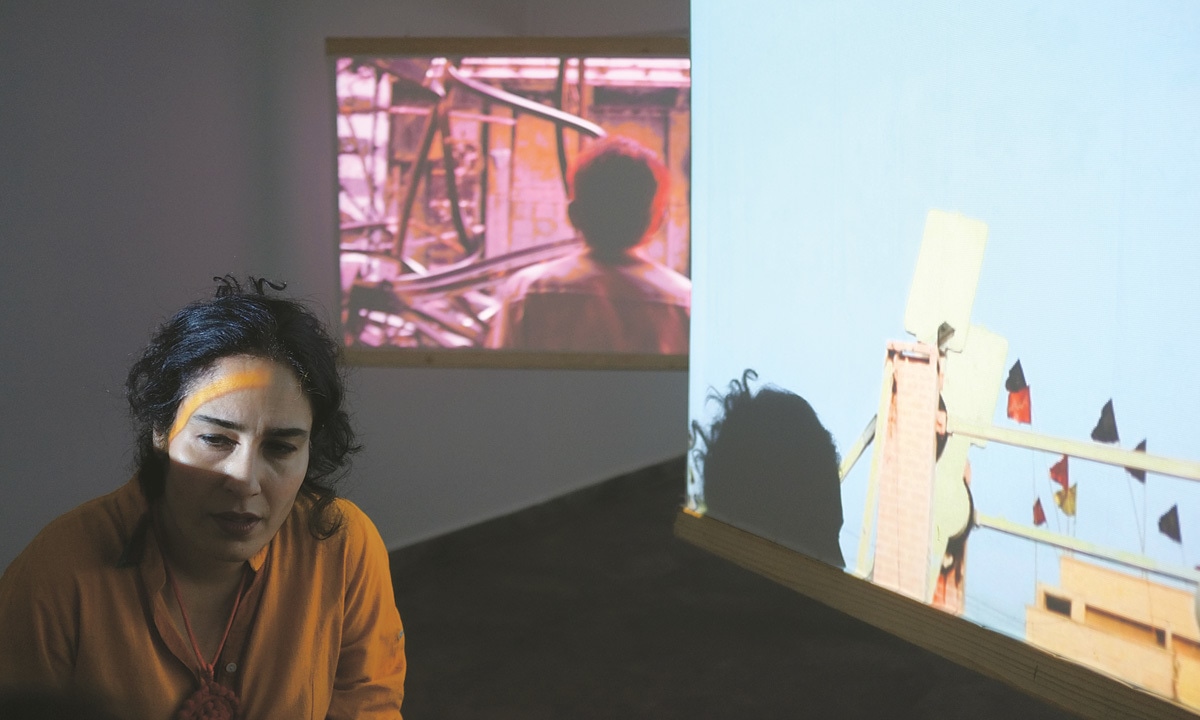
Bani Abidi on display
Indian artist Bani Abidi first solo museum exhibition in America presents a video installation of her 2014 creation, Funland, as well as a new series of videos, An Unforeseen Situation. Abidi, represented by Kolkata’s Experimenter gallery, speaks of themes of melancholia, visual histories and patriotism through her works. An Unforeseen Situation was on display at Dallas Contemporary, Texas.
HOUSE OF CARDS
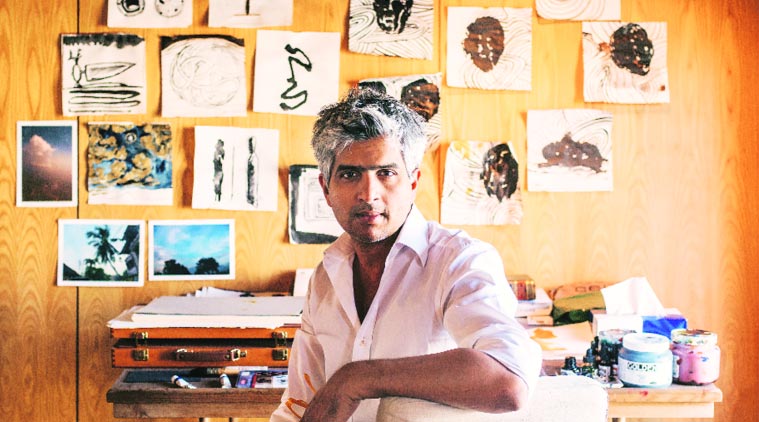
Owais Hussain
Think of Indian art, and M. F. Husain is probably one of the first names that comes to mind. The maestro’s son, Owais Husain, who has exhibited in America, Europe and Asia, has collaborated with Singapore’s LASALLE College of the Arts to create a photographic project, House Of Cards. This ‘house’, being built by Husain and the college students over the course of five months, will bring the theme of identity to life. House Of Cards was presented at Project Space, LASALLE College, Singapore.
NASREEN MOHAMEDI: WAITING IS A PART OF INTENSE LIVING
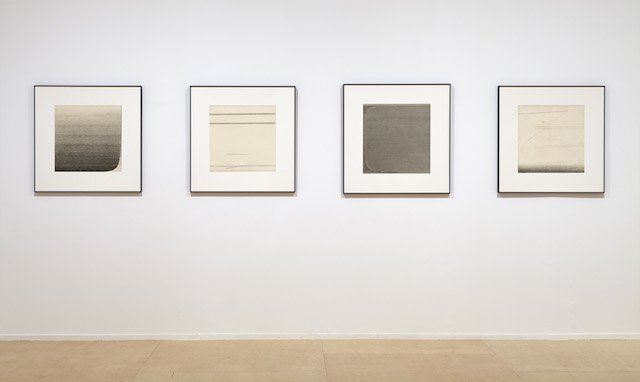
NASREEN MOHAMEDI: WAITING IS A PART OF INTENSE LIVING
aficionados of Indian modernism, Nasreen Mohamedi is one of the many revered names. Two hundred and seven of the late creator’s artworks, including drawings, collages, photographs and oil on canvas paintings are on show in the Spanish capital for international audiences to laud and learn from. Nasreen Mohamedi: Waiting Is A Part Of Intense Living is on display at the Reina Sofia museum, Madrid.

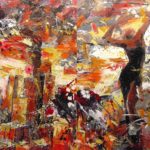

cialis online
October 9, 2019My brother recommended I might like this web site. He was
entirely right. This post truly made my day. You cann’t
imagine just how much time I had spent for this info!
Thanks!